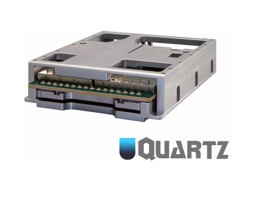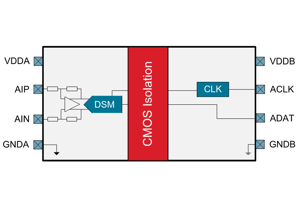TEST & MEASUREMENT APPLICATION NOTES AND WHITE PAPERS
-
Top 5 Strategies For 5G Component Characterization And Test
Component manufacturers need to deploy effective strategies for characterization and test regardless of the component types. This white paper presents five strategies for 5G component characterization and testing.
-
Selecting Your Next Oscilloscope: Why Digital Triggering Matters
Many people tend to overlook the importance of triggering while selecting an oscilloscope, but it's actually a crucial factor to consider. Digital triggering can offer some significant advantages.
-
Noise Figure: What Is It And Why Does It Matter?
Noise figure is a key parameter that quantifies receiver performance by measuring how low a power a signal receiver can detect. This white paper covers the basic principles of noise figure, how to make sense of its specifications, how it is measured, and why this parameter is important in high-performance applications.
-
Ensuring Test Site Compliance for Radiated Emissions With Normalized Site Attenuation
This application note provides a synopsis of Normalized Site Attenuation (NSA) and Reference Site Method measurements which indicate a challenging but important aspect of radiated emissions measurements on an OATS, SAC, or FAR.
-
EMC32 To R&S ELEKTRA Migration Using The ELEKTRA Migration Tool
Discover how to use the R&S ELEKTRA Migration Tool for converting the backup data into the XML format that can be interpreted by the R&S ELEKTRA software.
TEST & MEASUREMENT NEWS
- Rohde & Schwarz Mobile Network Testing Forum Goes Hybrid For 2023
- JCAS Reference Test Setup From Rohde & Schwarz Receives GTI Award For Innovative Breakthrough In Mobile Technology
- CAICT Selected R&S CMX500 OBT To Enable SPEAG DASY8 System For SAR And HAC Tests Of 5G NR Devices
- Rohde & Schwarz Announces Major Boost For Phase Noise Analysis And VCO Measurements Portfolio
- AVL And Rohde & Schwarz Collaborate To Automate And Speed Up EMC Tests Under Real Driving Conditions















